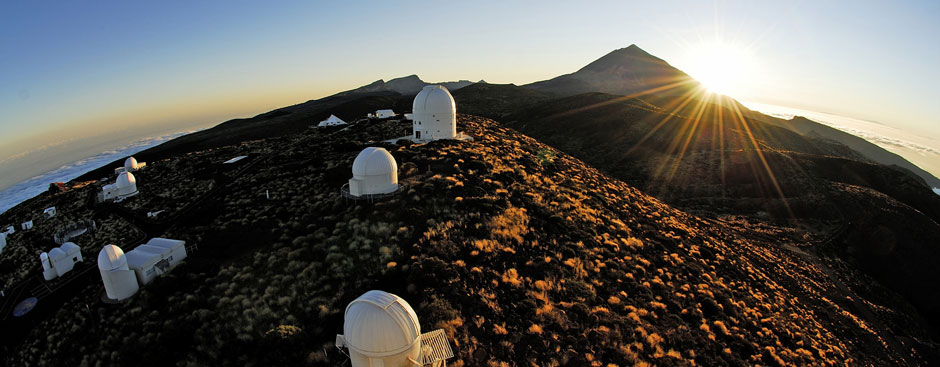Electron capture (EC) decays of Xe-125 and Xe-127 constitute a known background in dark matter searches with dual phase xenon time projection chambers (TPCs) such as the LUX-ZEPLIN (LZ) experiment. The signals produced by these processes present a lower charge-to-light ratio compared to β-particle interactions of the same energy, which is attributed to enhanced recombination at the EC site as...
We show how cogenesis of dark matter and baryon asymnmetry can arise from kinetic misalignment of the QCD axion. For this, we work out the DFSZ and KSVZ axion models associated with the type-I seesaw mechanism and the PQ inflation.
The CRESST-III (Cryogenic Rare Event Search with Superconducting Thermometers) experiment is looking for the direct detection of dark matter particles via their scattering off target nuclei in cryogenic detectors, operated at mK temperatures. Energy thresholds of O(10 eV) allow for the search of sub-GeV dark matter masses, making CRESST one of the leading experiments in the low-mass DM regime....
We present recent developments from The Oscillating Resonant Group AxioN (ORGAN) Collaboration, focusing primarily on two experimental platforms beyond the main experiment - ORGAN-Q and ORGAN-Low Frequency (ORGAN-LF) - designed to expand axion parameter space coverage and test technologies for future searches.
ORGAN-Q is a pathfinding and testbed experiment targeting the range around ~25...
Recent Gaia observations, together with advances in the theory of stellar evolution, open up the possibility to study color-magnitude diagrams of Galactic globular clusters with unprecedented accuracy. In particular, lists of cluster members, their metallicity, helium mass fraction, age, distance from the Sun, and reddening can be precisely determined. We present our study of 35 Galactic...

